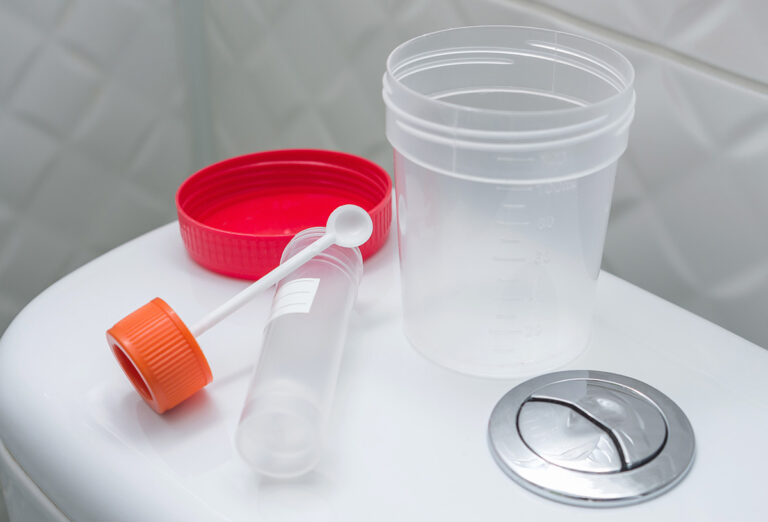Hypotension, commonly referred to as low blood pressure, is a less common condition than hypertension (high blood pressure). However, it can be just as serious and can be an indication of an underlying health condition. (11) There are different types of hypotension. Keep reading to understand the different types of hypotension, as well as their signs, symptoms, and treatment options.

Types of hypotension
The various types of hypotension are summarized below.
Ready to start delivering better patient care?

1. Orthostatic hypotension
Orthostatic hypotension, also known as postural hypotension, occurs when blood pressure drops dramatically when moving to a standing position. The act of rising to stand can result in a pooling of blood in the blood vessels in the trunk and lower limbs of the body, which is believed to cause this sudden drop in blood pressure. It is characterized by a decrease in systolic blood pressure of more than 20 mm Hg, and 10 mm Hg in diastolic blood pressure, or a combination of both. (20)
2. Postprandial hypotension
Commonly occurring in the elderly population, this type of hypotension occurs after a meal. Elderly populations relying on a feeding tube are at a particularly high risk for this type of hypotension. (18)
3. Neurogenic orthostatic hypotension
Neurogenic orthostatic hypotension (NOH) is a more complicated and severe form of orthostatic hypotension in which more dramatic reductions in blood pressure are experienced. It’s important to be aware of the physical traumas (e.g., falls) that may result from this extreme drop in blood pressure. As a rare condition, this subtype has varied outcomes and a high morbidity rate. (13)
4. Intracranial hypotension
Intracranial hypotension occurs when there is a leak in cerebrospinal fluid (the fluid around the brain and spinal cord). This may even be due to a cerebrospinal fluid venous fistula, or an abnormal connection. (8) Sudden manifestations may be further categorized as spontaneous intracranial hypotension. (10)
5. Supine hypotensive syndrome
This condition presents when a decrease in blood pressure occurs during the late stages of pregnancy. The reduction in blood pressure is caused by the compression of the inferior vena cava by the enlarged uterus while lying in the supine position. In some very severe and unusual cases, maternal hypotension can occur without any signs or symptoms. (7)
Clinical manifestations: signs, symptoms, and complications
Identifying the risk factors, symptoms, and complications of hypotension can help establish a diagnosis. Early treatment of the condition can help reduce the risk of any prolonged effects.
Low blood pressure symptoms
While there are many types of hypotension, they have similar symptoms and presentations, including:
Medical conditions that can cause low blood pressure
Conditions that can cause low blood pressure include:
- Addison’s disease
- Alcoholism
- Anaphylaxis
- Anemia
- Diabetes
- Heart failure
- Hypoglycemia (low blood sugar)
- Parathyroid disease
- Pregnancy
- Septicemia (12)
Risk factors for hypotension
Risk factors for low blood pressure include:
- Age
- Certain medications, such as antihypertensives and antidepressants
- Dehydration
- Low creatinine levels
- Low muscle mass
- Nutritional deficiencies, particularly, vitamin B12
- Underweight (17)(19)

Complications of hypotension
If left untreated, extreme low blood pressure can lead to more severe conditions, eventually resulting in a state of shock. It is imperative to contact emergency services if the following signs are present:
- Blurry vision
- Confusion
- Cold skin
- Pale complexion
- Rapid and shallow breathing
- Weak and rapid pulse (17)(19)
Diagnosis
Hypotension is typically diagnosed with a physical examination and medical history. Other tests included in the diagnosis of hypotension may include:
- Blood tests, such as a basic metabolic panel, blood cultures to rule out infection, CBC
- ECG/EKGs
- Urinalysis
- Tilt table test
- X-rays of the abdomen and chest (6)(7)(8)(10)(13)(20)

Treatment of hypotension
Treatment of hypotension can vary greatly based on the type and cause of the condition. An effective treatment plan may include pharmaceutical medications targeted to treat low blood pressure, as well as the integrative approaches discussed below.
1. Dietary supplements
When considering orthostatic hypotension and neurogenic orthostatic hypotension, therapeutic interventions vary greatly. (3) A possible supplement that can be beneficial is vitamin D, particularly when coupled with healthy lifestyle habits. (14)(16)
2. Lifestyle modification
Increasing physical activity, while taking precautions to prevent falls, may improve overall health and provide some benefits for a comprehensive treatment plan as well. (1) Lifestyle considerations such as drinking enough water and avoiding other triggers, such as standing up too quickly from a sitting position, to help avoid these situations are also recommended. (6) For postprandial hypotension, specifically, consuming smaller low-carbohydrate meals may be helpful. (19)
3. Other medical interventions
With intracranial hypotension, the original root cause of the cerebrospinal fluid leak must be carefully considered in their treatment plan. (8) Depending on venous compression that is typically associated with supine hypotension syndrome, arterial dilation may be required. (9)
The bottom line
Integrative care shows promising results for many types of hypotension. Many times treatment goals are based on prevention and increasing quality of life. (6) If you’re a patient, speak to your integrative healthcare provider for more information on hypotension and integrative treatment approaches.
Ready to start delivering better patient care?






